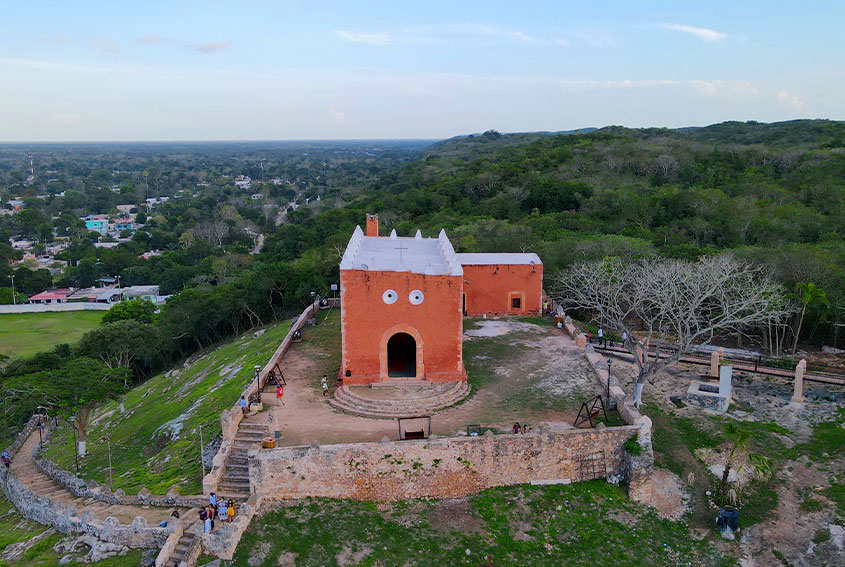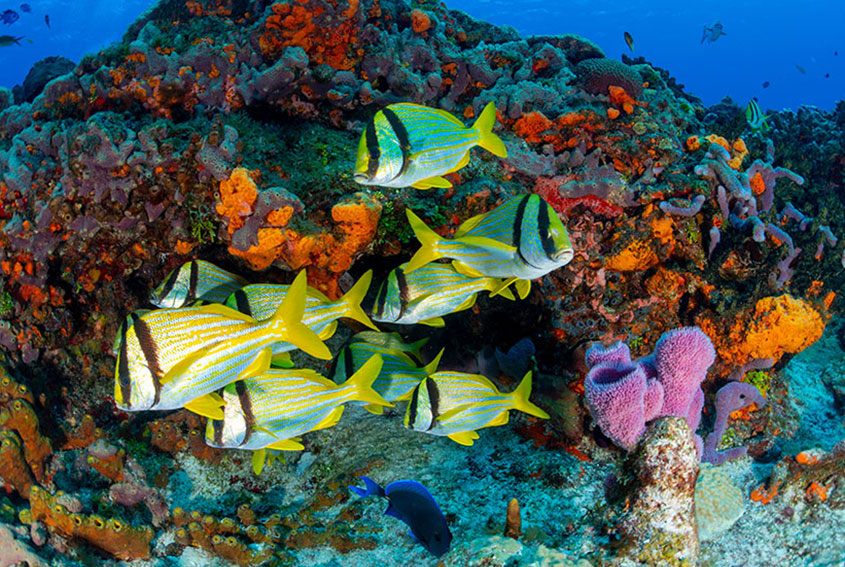More Pueblos Mágicos for the Yucatan Peninsula

The Mexican Tourism Board recently designated 45 towns and villages throughout the country as Pueblos Mágicos, bringing the number to 177. Pueblos Mágicos or Magical Towns are selected for their traditions, history, handicrafts and cuisine, festivals or because they are in an area of outstanding natural beauty. This year, the Yucatan Peninsula welcomes five more Pueblos Mágicos: Cozumel in Quintana Roo, Motul, Espita and Tekax in Yucatan and Candelaria in Campeche.

Cozumel was chosen for its history that stretches back to the days of the ancient Maya, traditions like the Carnival, the oldest in Mexico, and the Fiesta del Cedral, for its rich natural heritage – endemic species such as the Cozumel emerald hummingbird and dwarf raccoon– and its world-famous coral reefs.
Yucatan’s trio of new Pueblos Magicos are rich in history. Motul, Espita and Tekax all have colonial churches, monasteries and haciendas and played an important role in the 19th century Caste War. In the south of the state, Tekax sits on a range of low hills and is close to several impressive caves that were sacred to the ancient Maya and used as a refuge in turbulent times. Valladolid, Izamal, Mani and the port of Sisal are the state’s other Pueblos Mágicos and they all have their own charms, traditions and even signature recipes for visitors to enjoy.
Candelaria in Campeche is close to Maya archaeological sites such as El Tigre, waterfalls on the Candelaria River, lagoons and jungle reserves that are a haven for wildlife.
